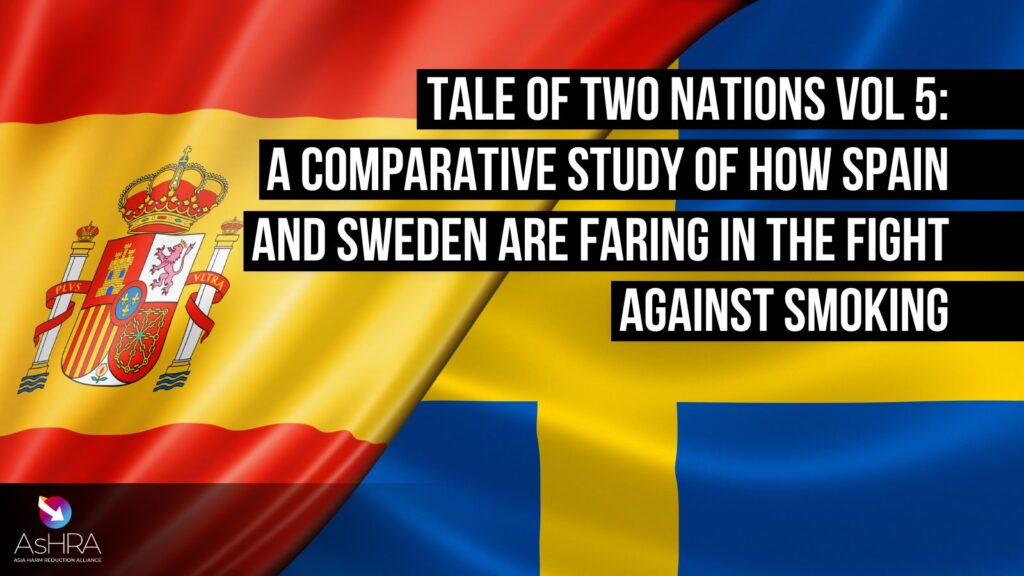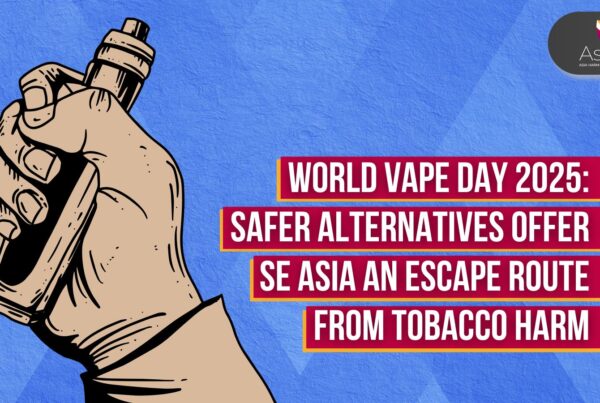Looking at The Real Impact of Hong Kong’s Stringent Tobacco Policies on Public Health
Over the past few years, Hong Kong has implemented stringent tobacco control policies aimed at significantly reducing smoking rates and promoting public health. While the motive and goal are to be celebrated, the actual policies that Hong Kong has pushed in the name of tobacco control are a mixed bag – with some having the potential to do more harm than good.
Outlined in a 2023 public consultation document titled “Vibrant, Healthy and Tobacco-free Hong Kong,” the Government detailed that it intends to pursue the following four strategies –
- Regulate Supply, Suppress Demand
- Ban Promotion, Reduce Attractiveness
- Expand No Smoking Areas, Mitigate Harm
- Enhance Education, Support Cessation

This has since been accompanied by discussions of 10 new proposed tobacco control measures in June.
Here, we examine the good, the bad, and the ugly of Hong Kong’s tobacco control policies.
The Good:
- The current and proposed expansion of no-smoking areas, including public transportation, parks, around schools and healthcare facilities and while in a queue, is an essential measure in line with the WHO MPOWER measurements.
- Also in line with the MPOWER measurements is the ban on all forms of tobacco advertising. The existing ban is accompanied by a new proposed measure to make the warning on a cigarette package full coverage.
- Hong Kong’s measures also prohibit the sale of tobacco products to anyone under the age of 18.
- Finally, the policies include a vital bid to educate the public about the risks of smoking and to provide more resources and support for those who wish to quit, as well as campaigns to raise awareness about the health impacts of smoking.
The Bad:
- Two years ago, in the name of tobacco control, the government prohibited the import and sale of alternative harm-reduced products, such as vapes, e-cigarettes and heated tobacco products, within Hong Kong.
The Ugly:
- Among the recently proposed policies, Hong Kong hopes also to prohibit the possession and personal use of any alternative smoking product.
Often referred to as a preventative measure, this ban claims to address the potential health risks associated with vaping and to curb the increasing use of these products. However, such an action completely disregards the effect of alternative products in harm reduction and helping smokers transition away from cigarettes. Moreover, it dismisses legitimate research that highlights how these products are used and how they provide significantly reduced risk when compared to traditional cigarettes.
The ban on e-cigarettes may lead current vapers to return to smoking traditional cigarettes, undermining the government’s harm reduction efforts. It could also push the e-cigarette market underground, making it more challenging to regulate and increasing the risks associated with unregulated products. When legal avenues for purchasing these products are closed, consumers may turn to illicit sources. This can lead to several issues of quality and safety, as well as challenges in enforcement.
While Hong Kong’s proposed vaping ban is rooted in a desire to protect public health, it raises significant concerns from a harm reduction perspective. Therefore, policymakers must consider these factors and explore a risk-proportionate approach when considering tobacco control measures.
Related Posts
 Time to support Filipino vape law, not relitigate it
Time to support Filipino vape law, not relitigate it
Time to support Filipino vape law, not relitigate it
 Greens’ Plan To Legalise Nicotine Vapes Lauded
Greens’ Plan To Legalise Nicotine Vapes Lauded
Greens’ Plan To Legalise Nicotine Vapes Lauded
 Taiwan Vaping Ban Disappointing For Its Many Smokers
Taiwan Vaping Ban Disappointing For Its Many Smokers
Taiwan Vaping Ban Disappointing For Its Many Smokers
More about
Alcohol Harm Reduction
More about





